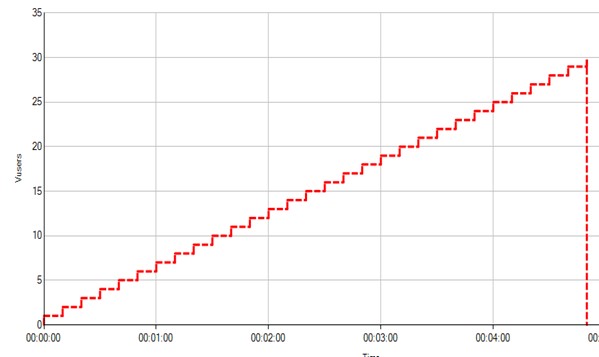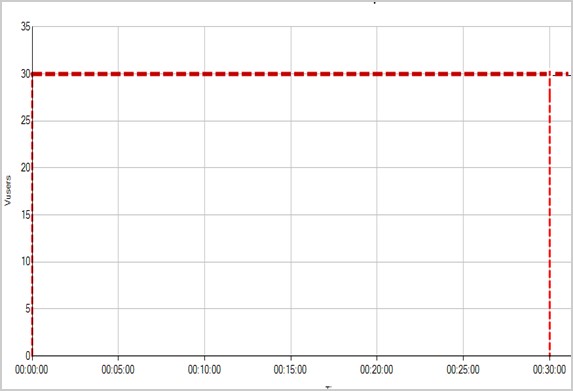
Contact us
Our team would love to hear from you.

A retail site measuring shopping cart purchases sees a loss of revenue due to fewer purchases; a hotel reservation system sees a drop in the number of reservations; a bank may see fewer transactions made.
Performance testing is used for testing scalability, reliability, speed/response time, and resource usage of a solution under particular workload. It is a test that shows that the system performs right and does the right things.
Performance testing aims at achieving not one, but several goals due to the fact that many types of testing are similar and even combine with each other to solve one problem.
Listed below are the subtypes of performance testing.
Load testing is a subtype of performance testing during which indicators are collected and performance and response time of a software and hardware system or device are determined in response to an external request. The main goal of QA load testing is to establish compliance with the requirements for the system or device. Load test results can help make design and capacity decisions in order to ensure reliability of the solution and to imitate the behavior of real users.
Stress test, also known as ramp-up test or capacity test, is a test which finds the limited capacity of the system. Virtual users are steadily incremented until performance saturation occurs (adding more virtual users results in response time growth rather than the growth of transactions processed per second).

Stress testing qa example
Stress testing in software testing allows evaluating the behavior of the software product at an increased intensity of operations and sets the maximum level of solution performance. It is carried out until one of the criteria reaches a test stop. Below are the main criteria of stress testing:
Often, this type of testing is carried out if the customer expects a sharp increase in the load on the system. For example, for e-commerce it may be sales days.
Fixed-load test is a test which runs with a fixed number of virtual users for a specific period of time to measure response times under different load conditions determined from the capacity test. This test measures how fast the system is.

Load testing definition with examples
Longevity test is a very long high load test used to verify the system stability.
The minimum duration of the test is 12 hours (up to a week or more is even better). The duration depends both on the level of load and requirements for the tested application. Therefore, a test duration shorter than 12 hours results in a higher level of load. And on the contrary, if the test duration is longer than 12 hours, then the level of load should be decreased.

QA performance testing
Below are the metrics that can be collected during performance testing.
It is necessary to constantly analyze the software product to anticipate possible issues and find out which behavior scenarios are typical for users. Customers need to take into account what will happen without carrying out load tests and how it can affect user experience.
Performance testing does not reveal bugs but helps to find out what the system is capable of. The clients can be sure that their websites or applications will not fall when there are more users or the database grows.
At EffectiveSoft, our seasoned QA engineers are ready to provide any type of software testing. Just contact us for more information about software testing services.
Our team would love to hear from you.
Fill out the form, and we’ve got you covered.
What happens next?
San Diego, California
4445 Eastgate Mall, Suite 200
92121, 1-800-288-9659
San Francisco, California
50 California St #1500
94111, 1-800-288-9659
Pittsburgh, Pennsylvania
One Oxford Centre, 500 Grant St Suite 2900
15219, 1-800-288-9659
Durham, North Carolina
RTP Meridian, 2530 Meridian Pkwy Suite 300
27713, 1-800-288-9659
San Jose, Costa Rica
C. 118B, Trejos Montealegre
10203, 1-800-288-9659